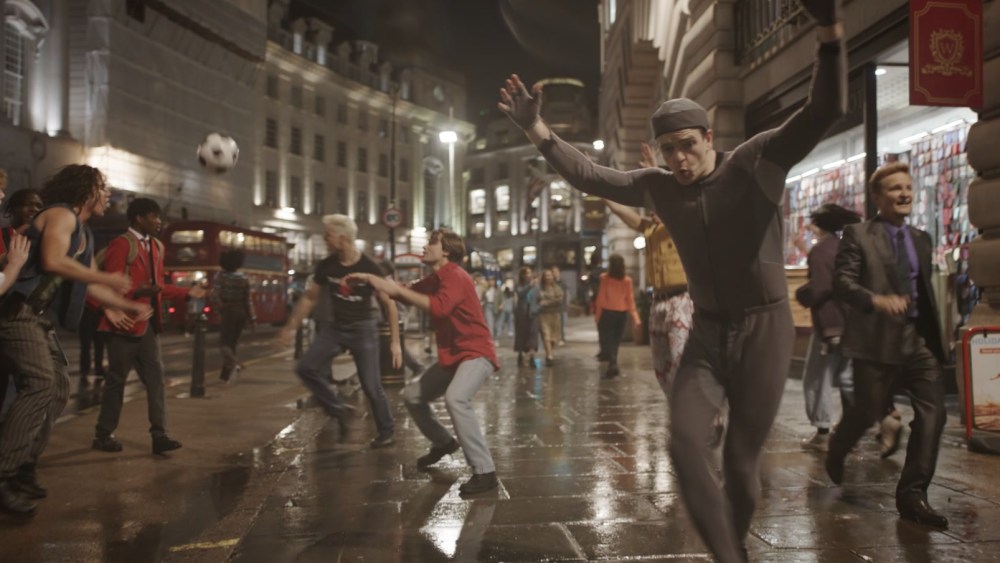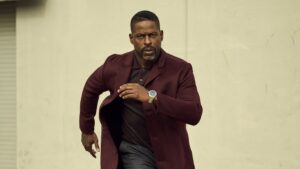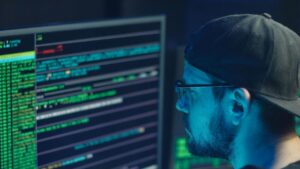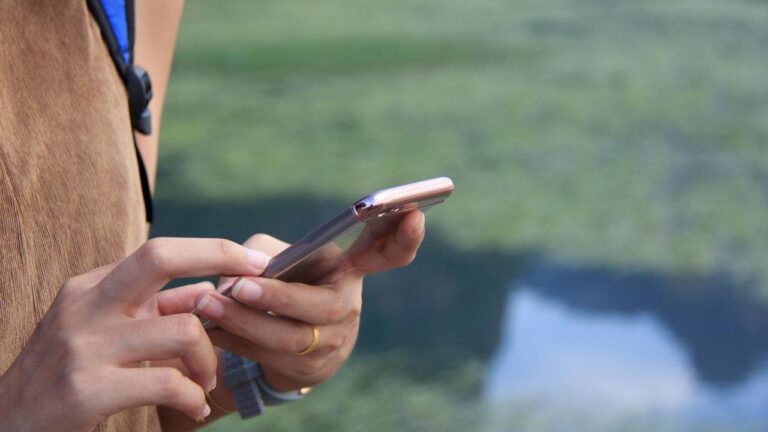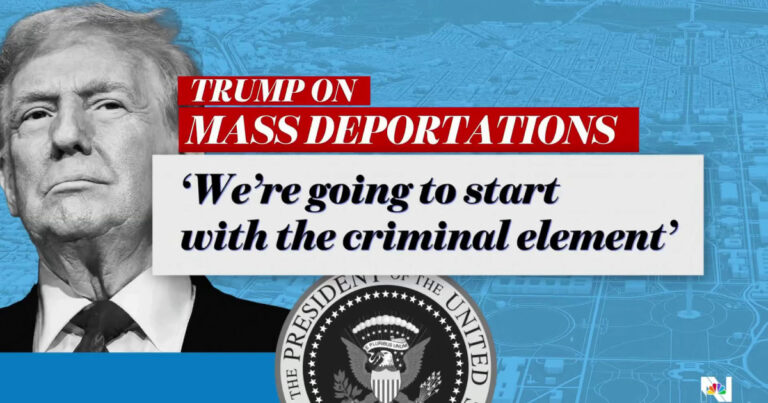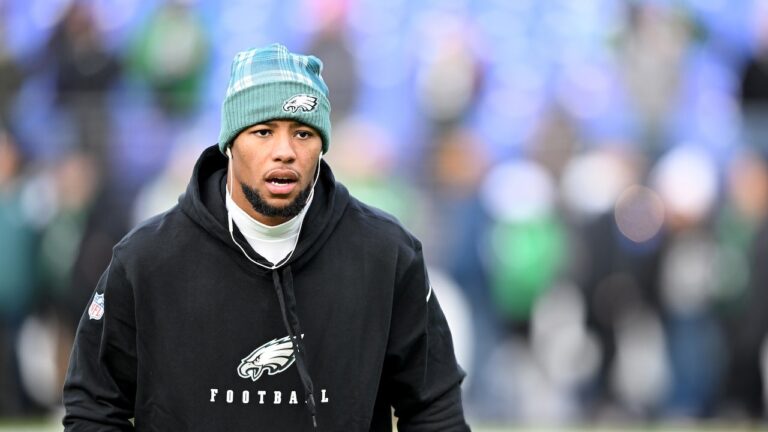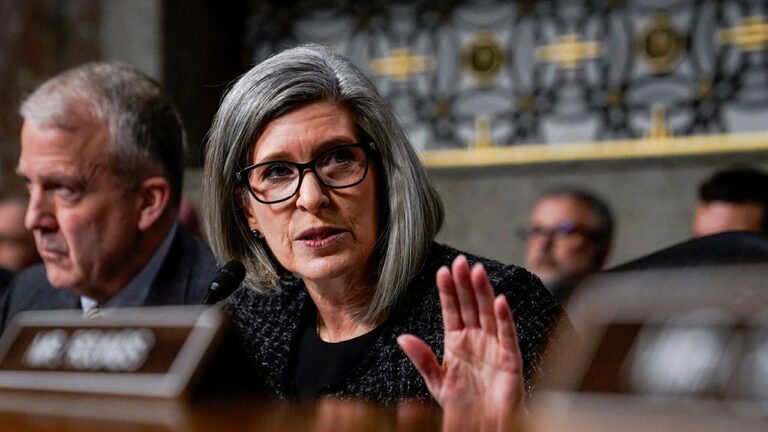One of the set pieces in director Michael Gracey’s bold Robbie Williams biopic, “Better Man,” is an elaborately choreographed “Rock DJ” number lensed on Regent Street, a major curved street and bustling shopping destination in London’s West End. It was filmed over four consecutive nights with up to 500 extras who dance in the final number with a photoreal CG monkey.
That’s right. If you haven’t heard the audacious premise of “Better Man,” Gracey — after hearing the British singer/songwriter referred to himself in an interview as sort of a performing monkey — made the unconventional decision to tell the dramatic story from Williams’ perspective while showing viewers how Williams saw himself as a performing chimp. The Paramount release opens in select theaters on Dec. 25 before a Jan. 10 wide release.
The Regent Street number and the entire movie was effectively shot as a live-action film with Jonno Davies, the British actor who plays Williams, in a motion-capture suit while performing alongside his co-stars. “We didn’t ever want the visual effects to get in the way of the performance,” explains visual effects supervisor Luke Millar of Weta FX, which was brought in to create and animate a believable, emotive CG chimp. That was a tall order; they knew that if their digital star didn’t work, the movie would fall apart.

Paramount Pictures
Weta FX brought expertise in the anatomy and movement of simians that was applied to great effect in Peter Jackson’s “King Kong” and the latest “Planet of the Apes” movies. But every story is different, and “Better Man” had its own unique requirements: The Robbie Williams character had to have the appearance of a photoreal chimp but otherwise be presented as a “human” character who interacts with other human characters and shows a range of human emotions. The resulting chimp, writes Variety’s chief film critic Peter Debruge in his review, “proves far more expressive than most human actors, meaning the movie is built around an animated performance powerful enough to wring tears.”
The energetic musical number on Regent Street begins with Williams (the CG monkey) and his Take That band members bursting out of the offices of their record label, BMG. They are joined by roughly 50 extras. The number builds in what appears to be a single continuous take. “By the time we get to the end of the number, there’s 500 dancers on Regent Street. They’re all real. There’s about two digital people in that whole crowd, and that was literally just to fill a couple of gaps,” Millar says.
Before production on the scene began, the number was previsualized in the computer with camera moves and the like, on a low-res version of Regent Street. “It doesn’t take into account where there’s a lamppost or park bench. So then after refining the previs to a point where [Gracey] was happy, [cinematographer Erik Wilson] went to Regent Street, taking the previz and trying to map out the same path using a little camera. From that point, we could then figure out the actual path the camera needed to take, and then go back into the previz to refine it again so that we could figure out where all the Take That boys and all the extras needed to be.”
Next they did a sort of “tech viz” pass. Explains Millar, “We would figure out within the computer where the camera needs to move. And then I’d have a conversation with Erik Wilson about how we could make those moves, whether it be onto a crane, whether we need to hand off from a crane, and some lens choices as well.” This was to be followed by five days of rehearsal, with tape on the floor so that everyone knew where they needed to be, and then the actual shoot.
The plan was to film the scene in early September 2022, but that quickly changed, when on the fourth day of rehearsals, the news arrived that Queen Elizabeth had died. The shoot was halted. Not soon after, the city began to put up Regent Street’s customary Christmas lights and decorations, meaning the shoot was pushed several months.
The camera movement in the long takes was vital to creating the appearance of a single shot; the Weta team stitched the takes together to complete the illusion in post. “[It begins with] an Easyrig [camera support system],” Millar recalls of the sequences’ complicated camera path. “Then it dropped to a low mounted rig. [We used] a crane for the scooters, and then back down. And then the camera was lifted off the crane, taken down the street, and then it went back onto the crane again to get up onto a bus. The final shot was a crane as well.”
Millar reveals that there were seven or eight sections in the sequence that were stitched together. “Every section was like 40 takes, at least. And even after 40 takes, we’d [hear], ‘We really like the start of take 38 and the end of take 29. Can we glue them together?’ So we had to come up with potential places that we could do additional splits as well. We didn’t do a lot of that, but there were additional takes used to be able to craft the perfect version.”
For the CG monkey, Davies did most of the dancing in the film, including the Regent Street number (which also had a few spots that required a stunt double). “He gave an absolutely incredible perfor- mance,” Millar says of the actor, who wore a mocap suit while witness cameras captured each take.
The CG monkey then had to be animated and painstakingly composited into the final shots. “We wanted the audience to get swept up in [the film] and just forget they’re really watching the monkey,” explains animation supervisor Dave Clayton. “To do that, we kind of dialed proportions and his facial structure to include enough elements of the real Williams, to make him feel familiar and be able to capture those mannerisms, but enough of a monkey that he didn’t feel like you were shying away from this concept of him being an ape.”
They tried numerous iterations of the design and centered on a sort of blend with some features “very Robbie” and other features “very ape.” Millar explains that Weta focused in particular on Williams’ expressive eyes — eyebrows and the color and shape of the eyes would be “100% Robbie Williams.” And then in the other areas, that’s where they could sort of use more of the chimp features, such as the muzzle and ears.
“It’s quite a complicated model,” Clayton says, noting that to make the eyes feel alive, you need to “know that the character is really thinking, every time the character closes its eyes or flexes its eyelids.”
Millar adds that the team briefly considered leaning into simian movement, but that was quickly dismissed. “It just instantly popped you out of the movie,” he says. “We interact with humans every single day, and so even though visually he looks different to the other people within the frame, the way we relate to him is incredibly familiar.”

